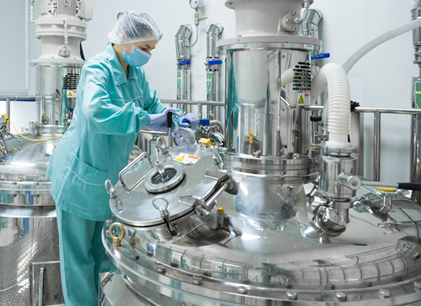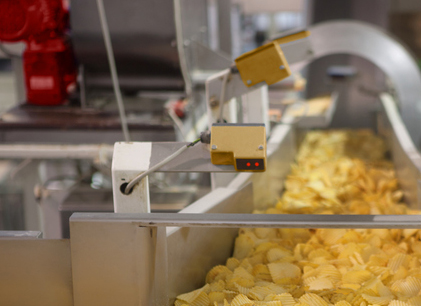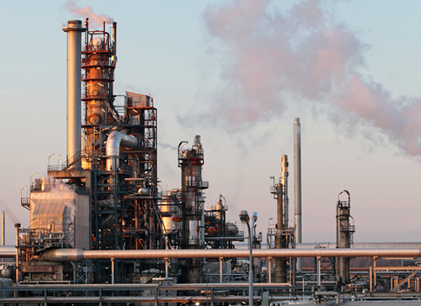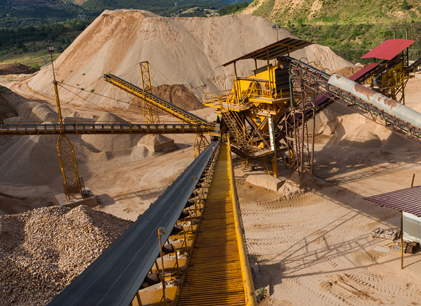Some materials with these characteristics can fluidize with mechanical vibrations in the air. Vibrations weaken the forces of attraction between particles and enhance fluidization.
Gas velocities are decreased, and the fluidization is moderate when vibrations are employed as an air source. As a result, materials with poor mechanical strength can be dried safely.
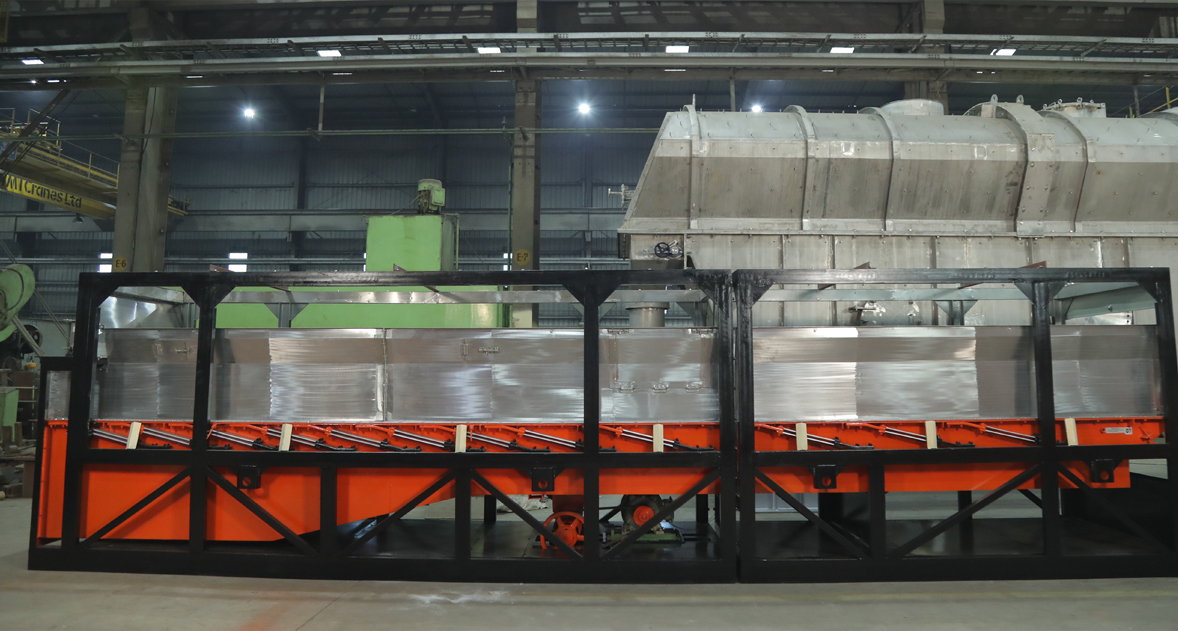
Suitable for materials having wide particle size distribution.
Effective fluidisation of difficult materials.
Low air & energy consumption.
Self-discharging.
Low dust emission because of low air flow rates.
